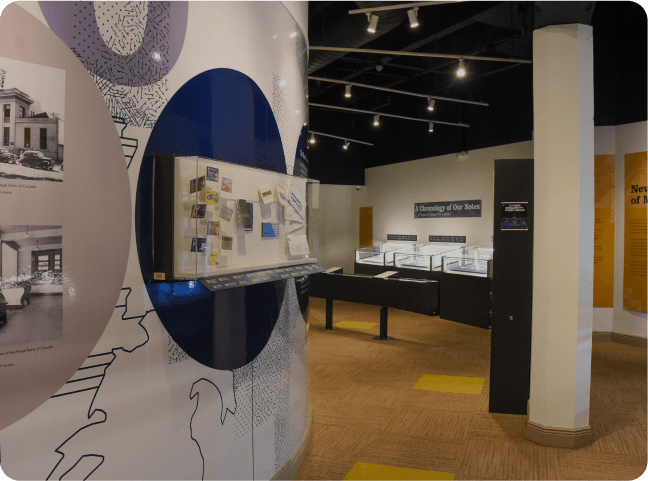Journey through time as we delve into the captivating history of money in Trinidad and Tobago, exploring the diverse currencies, economic shifts, and pivotal moments that shaped the nation’s financial landscape.
History of Money in Trinidad and Tobago
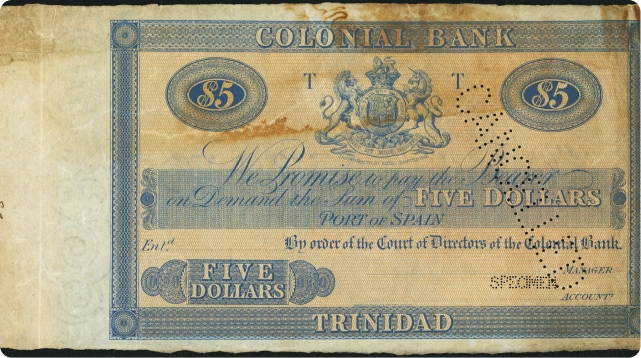
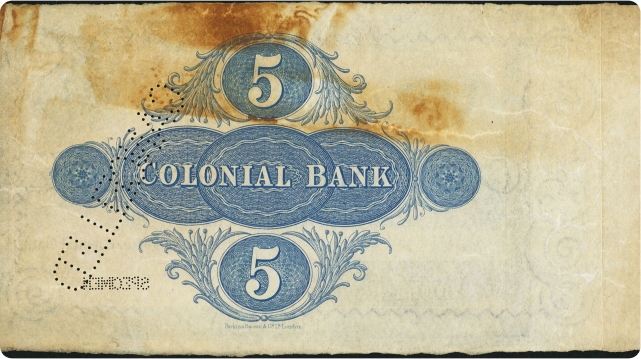
Colonial Origins and Currency Diversity
Trinidad and Tobago’s currency system has historically been characterised by a multitude of currencies on account of the occupation of the islands by major colonial powers of predominately French, Spanish and British origin. Upon occupation of Trinidad in 1797, the British encountered a rudimentary system devoid of banks and bank notes. This was also true of Tobago’s monetary arrangements at this time. The existing money, limited in supply, consisted of Spanish, Mexican, Portuguese and French currencies. The diversity of the coins’ origin was matched by their varying characteristics in terms of weight, size, metal composition and authenticity.


Barter Challenges and the Rise of Monetarization
This chaotic combination of currencies was so replete with defects that the most common form of payment between the merchants in London and the planters in the colony was the value of the produce, namely sugar. This blending of a barter and currency system was unstable and inflationary and engendered numerous attempts at reform and rationalisation of the payments system. However, it was only after the emancipation of African slaves that monetarisation of the economy and the establishment of a banking institution began to take shape. This was on account of the free market and free labour economy which now prevailed as planters required cash to pay wages, and the self-employed expected money in exchange for their goods and services. This produced an expansion in the public service and consequently an increase in the salaries and wage bill to provide for those services previously the responsibility of the plantation owners.
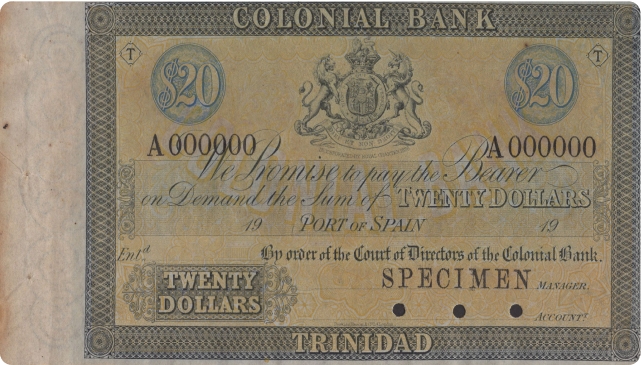
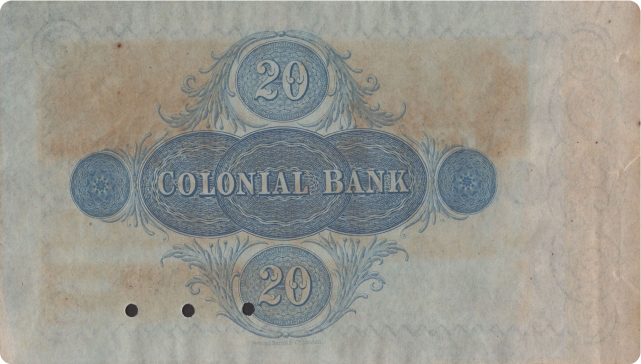
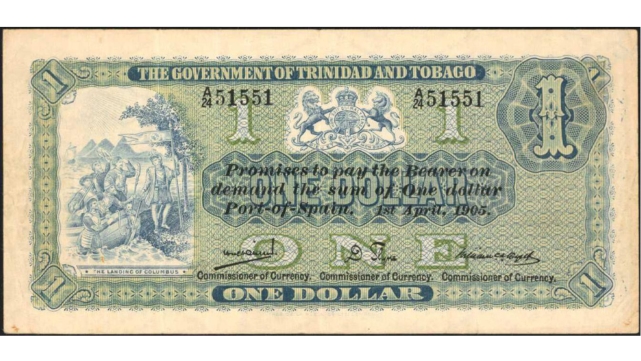
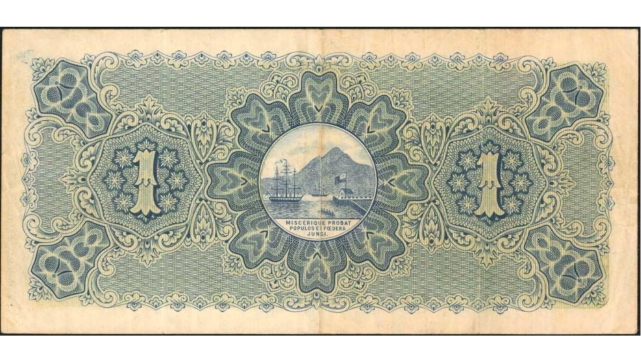
Colonial Bank’s Efforts to Rationalize Currency
With the advent of the Colonial Bank established under the Colonial Banking Regulations of 1834, attempts were made to rationalise the currency situation. One major function of the Bank was the issuance of notes denominated in one pound sterling or of greater value. These dollars co-circulated with the existing coins in the system. Other banks resident in Trinidad during the nineteenth century also issued notes which were backed by a reserve in specie. At the beginning of the twentieth century, under the Currency Notes Ordinance, a Board of Commissioners of Currency was established, and legislation was passed in 1904 to allow the issue of “government money.” These notes could be issued in denominations of $1, $2 and $1,000 in exchange for gold or silver coins previously issued. Nonetheless, the bank notes of the Colonial Bank remained the predominant currency since they had gained international acceptance.


The Birth of Regional Authority & Independence
In 1951, a regional currency authority, the British Caribbean Currency Board (BCCB) was introduced, and it granted sole rights to the member countries for the issue of notes and coins. With effect from January of 1955 all notes in circulation were demonetised and the UK coins were gradually withdrawn from circulation. Between 1954 and 1957, the first British Caribbean notes were issued in denominations of $1, $2, $5, $10, $20 and $100 while the coin structure comprised the 1/2 cent, 1 cent, 2 cent, 5 cent, 10 cent, 25 cent and 50 cent. This system prevailed during the West Indian Federation endeavour and two years later, Trinidad and Tobago attained independent status in 1962. In 1964, the British Caribbean Currency Agreement was signed and effected by the Currency Act of 1965. This was a currency agreement to enable the dissolution of the BCCB and to facilitate arrangements for an independent Central Bank. By July of 1967, all UK coins and BCCB notes and coins ceased to be legal tender and were replaced by local currency issued by the Central Bank of Trinidad and Tobago.

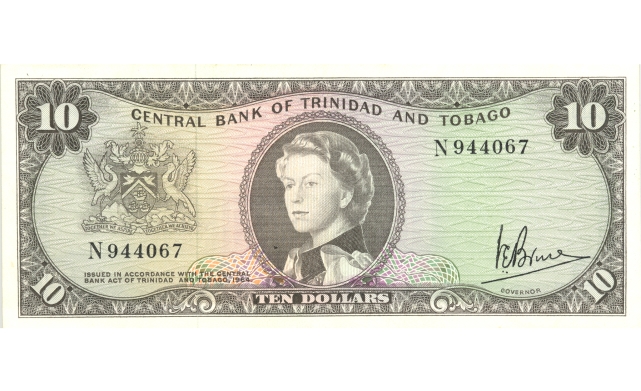
Money Timeline
Further information on the history of our currency can be found in:
Brown, Deryck R. 1989. History of Money and Banking in Trinidad and Tobago from 1789 to 1989. Port-of-Spain: Paria Publs. for the Central Bank of Trinidad and Tobago.
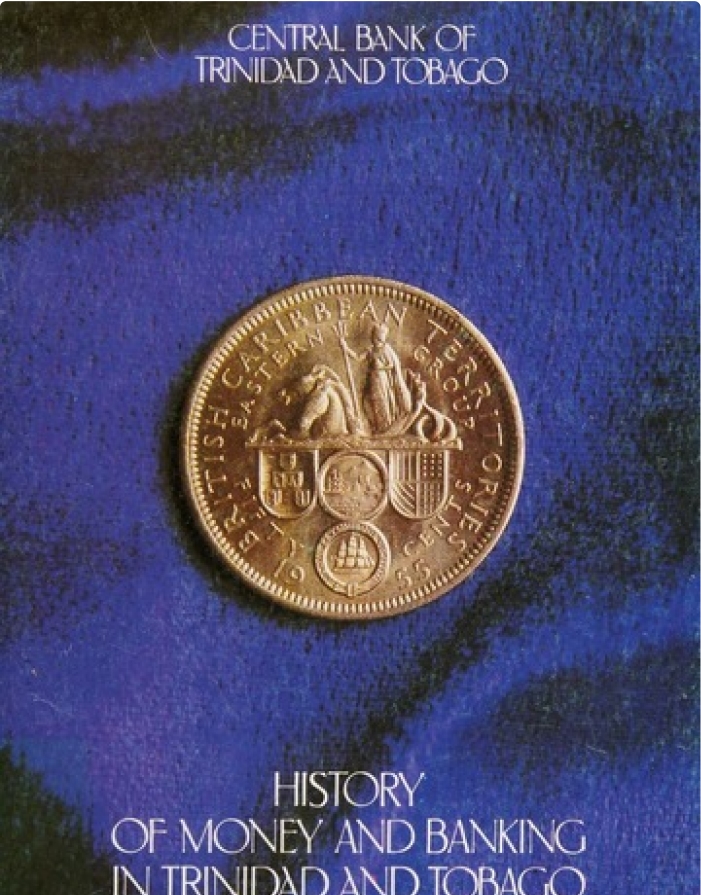
History of Money and Banking in Trinidad and Tobago from 1789 to 1989 (pub. 1989)
This volume traces the development of money and commercial banking in Trinidad and Tobago from the early 19th century to 1989.

History of Money and Banking in Trinidad and Tobago from 1789 to 1989 (pub. 1989)
This volume traces the development of money and commercial banking in Trinidad and Tobago from the early 19th century to 1989. Tobago from the early 19th century to 1989.
Discover More on the History of Money in Trinidad and Tobago at the Central Bank Museum
Contact the Museum Team to book your tour 785-0492 or 225-2288
museum@central-bank.org.tt
